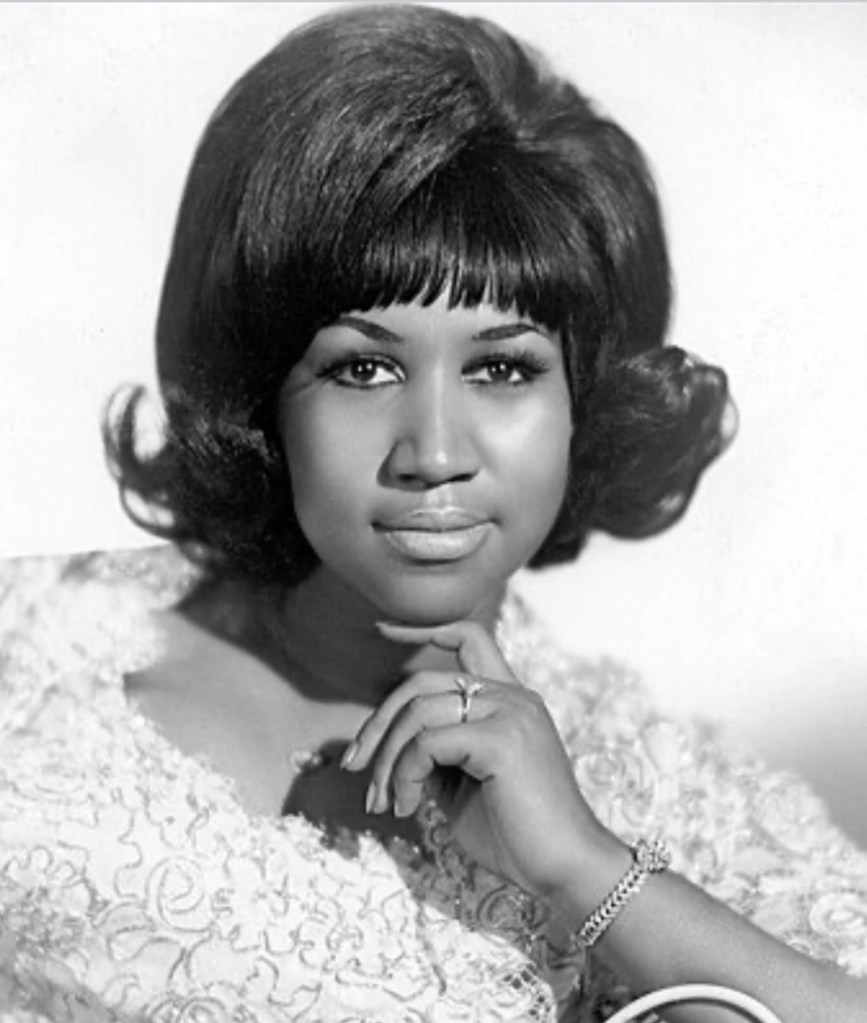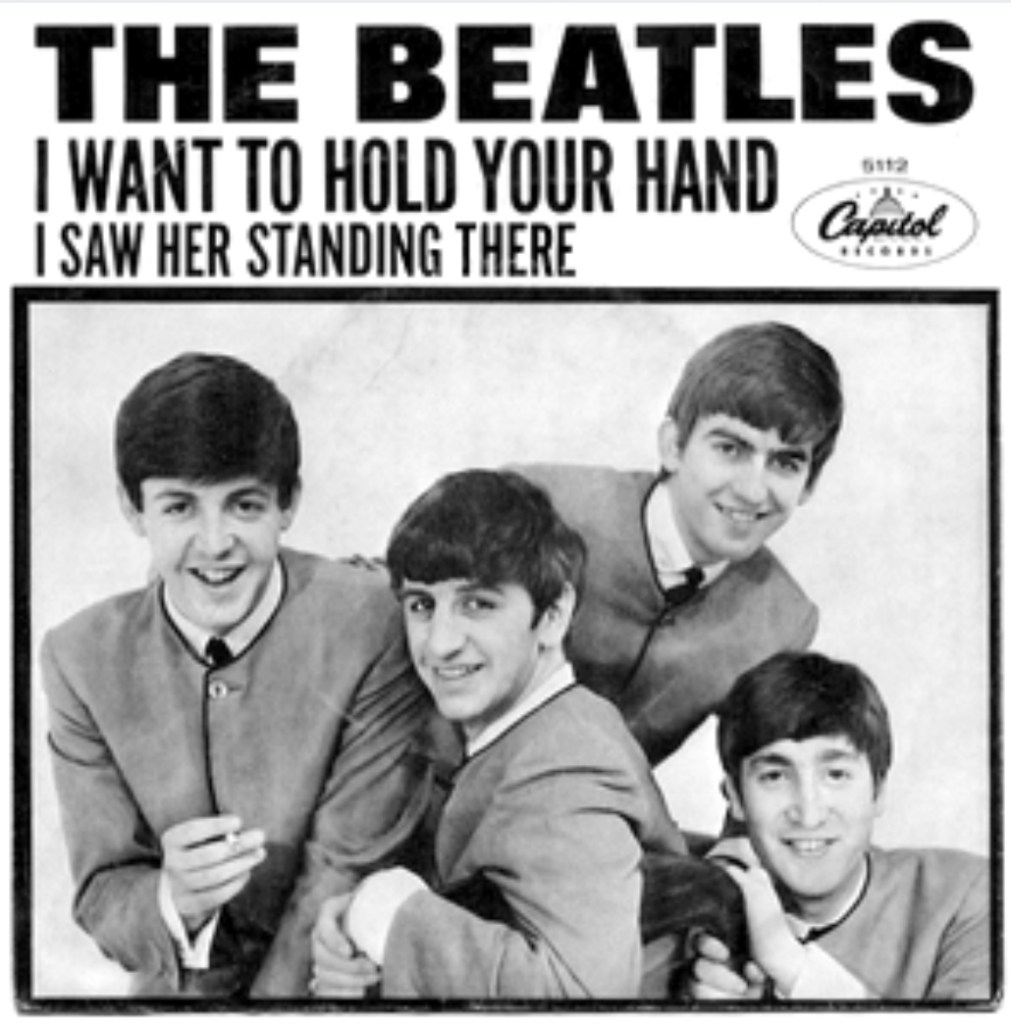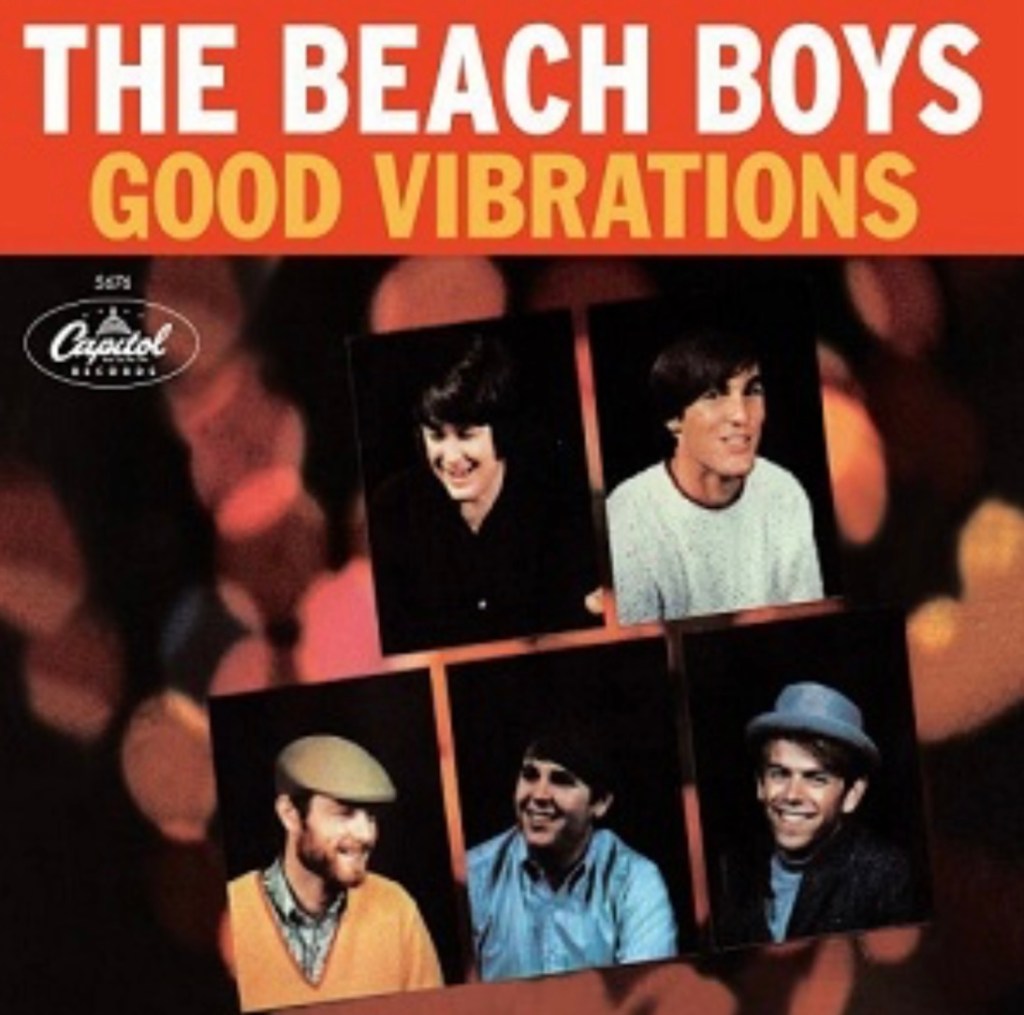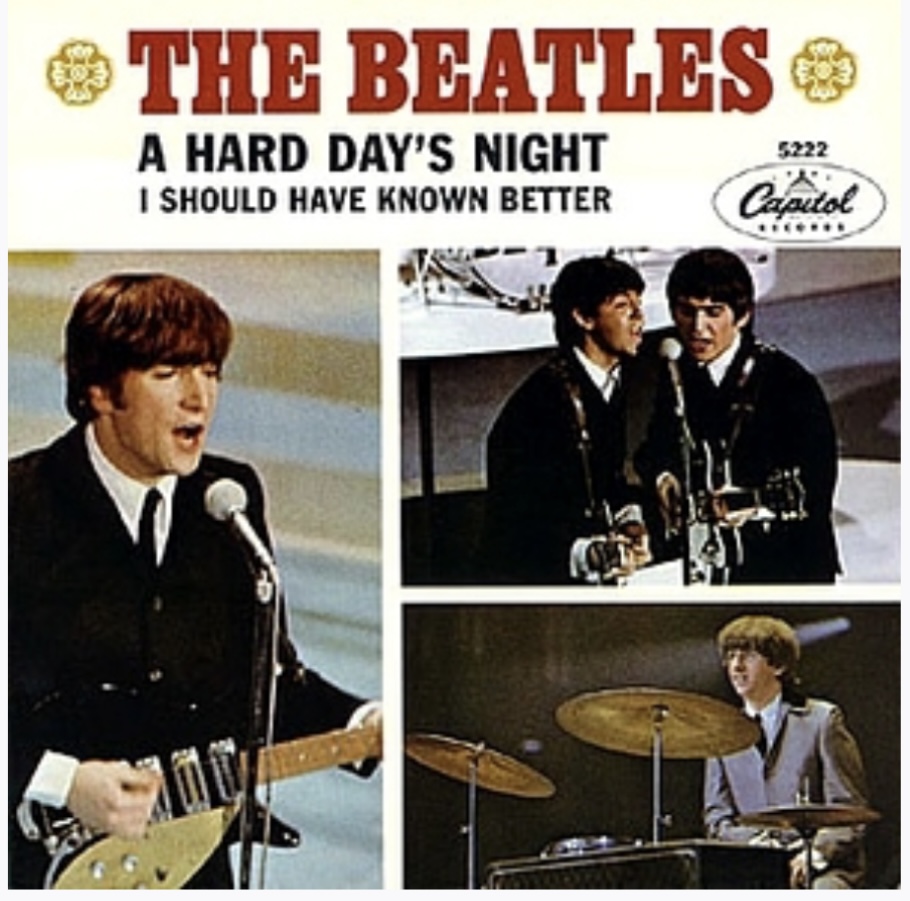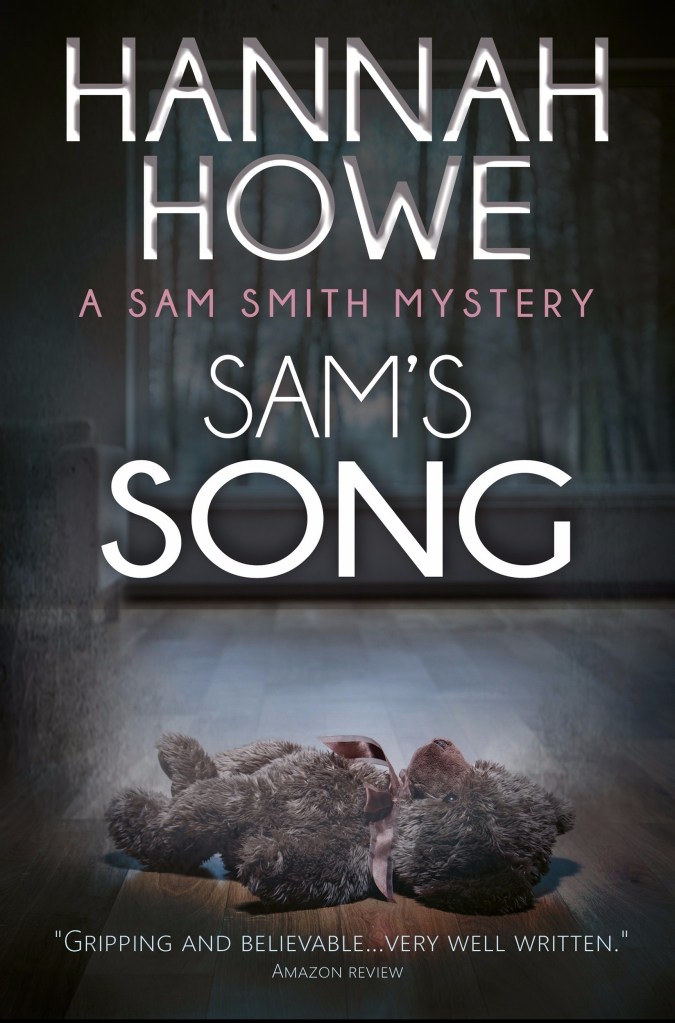When the qualifying process is complete, in just over a week, on Mastodon we will start voting on our top twenty favourite records of the 1950s/1960s, placing them in order. Through 190 match-ups, we will create a unique chart, every song a classic.
Here is some background on one of the qualifiers, Summer in the City by The Lovin’ Spoonful.
Summer in the City was written by John Sebastian, Mark Sebastian and Steve Boone. John Sebastian reworked the lyrics and melody from a song written by his brother, Mark. Boone contributed the bridge.
The song was recorded in two sessions at Columbia Records Studios, New York in March 1966 and featured an early example of sound effects – car horns and a pneumatic drill.
John Sebastian was aiming for a song that built up the tension. He explained: “I was going for the scary, minor chord, Hit the Road Jack (which also features in our top twenty) sequence that doesn’t warn you of what’s coming in the chorus.”
John Sebastian compared the results to Mussorgsky’s Night on Bare Mountain. For the bridge, bassist Steve Boone suggested a jazzy figure akin to the compositions of George Gershwin.
I Can’t Get No Satisfaction by The Rolling Stones
I Can’t Get No Satisfaction was written by Mick Jagger and Keith Richards, and released in America in 1965. Initially, the song was only played on pirate radio stations because the lyrics were considered too suggestive. Music critic Paul Gambaccini stated: “The lyrics to this were truly threatening to an older audience. This song was perceived as an attack on the status quo.”
Keith Richards wrote the music for Satisfaction in his sleep and recorded it on cassette, which included acoustic guitar, the main riff, and snoring. Mick Jagger wrote the lyrics by a swimming pool in Clearwater, Florida , four days before the band went into the studio.
My Generation by The Who
My Generation was written by Pete Townshend, and released as a single on 29 October 1965. Apparently, Townshend wrote the song on a train, inspired by the Queen Mother, who allegedly insisted that Townshend’s 1935 Packard hearse should be towed off a street in Belgravia because it offended her.
In 1985, Townshend told Rolling Stone that “My Generation was very much about trying to find a place in society.” Four years later, he explained that, to him, the line “I hope I die before I get old” meant “before I get very rich.”
Paint it Black by The Rolling Stones
Paint it Black was released as a single in May 1966. The song, about grief and loss, featured Indian, Middle Eastern and European influences.
The first chart-topping single to feature the sitar, Paint it Black widened the instrument’s audience. Also, the song was influential to the development of psychedelic music in the mid-1960s.
Paint it Black was credited to Mick Jagger and Keith Richards. However, the melody originated from a series of improvisations played by Brian Jones on the sitar. Bill Wyman felt that Paint it Black should have been credited to all the band members because the song’s final arrangement originated from a studio improvisation by Brian Jones, Charlie Watts and himself.
Penny Lane/Strawberry Fields Forever by The Beatles
Credited to the John Lennon-Paul McCartney songwriting partnership, Penny Lane and Strawberry Fields Forever were released as a double A-side in February 1967. The songs were intended for Sgt Pepper’s Lonely Hearts Club Band, but because the record company insisted on releasing a single, and the Beatles’ policy to omit previously released singles from their albums, Penny Lane and Strawberry Fields Forever didn’t feature on Sgt Pepper, a decision producer George Martin later described as “a mistake”.
In 2009, McCartney stated, “Penny Lane was kind of nostalgic, but it was really [about] a place that John and I knew … I’d get a bus to his house and I’d have to change at Penny Lane, or the same with him to me, so we often hung out at that terminus, like a roundabout. It was a place that we both knew, and so we both knew the things that turned up in the story.”
Strawberry Fields was the name of a Salvation Army children’s home near John Lennox’s home in Woolton, Liverpool. Lennon’s aunt Mimi Smith recalled: “There was something about the place that always fascinated John. He could see it from his window … He used to hear the Salvation Army band [playing at the garden party], and he would pull me along, saying, ‘Hurry up, Mimi – we’re going to be late.'”
Penny Lane/Strawberry Fields Forever is included as a double A-side in our chart poll to match the buying choices and charts of the time.
Book News
Two items brought to my attention this week, in relation to Eve’s Peace, my Heroines of SOE sequel. One, the proof copy of the paperback version. Two, this wonderful review. “Love, distrust, trust, & secrets galore. Woven superbly by the author makes for wonderous reading, hard to put down book. Rating the book a 9 1/2 only because now I must look for sequels & prequels for this wonderful series…”
For Authors
#1 for value with 565,000 readers, The Fussy Librarian has helped my books to reach #1 on 36 occasions.
A special offer from my publisher and the Fussy Librarian. https://authors.thefussylibrarian.com/?ref=goylake
Don’t forget to use the code goylake20 to claim your discount 🙂









